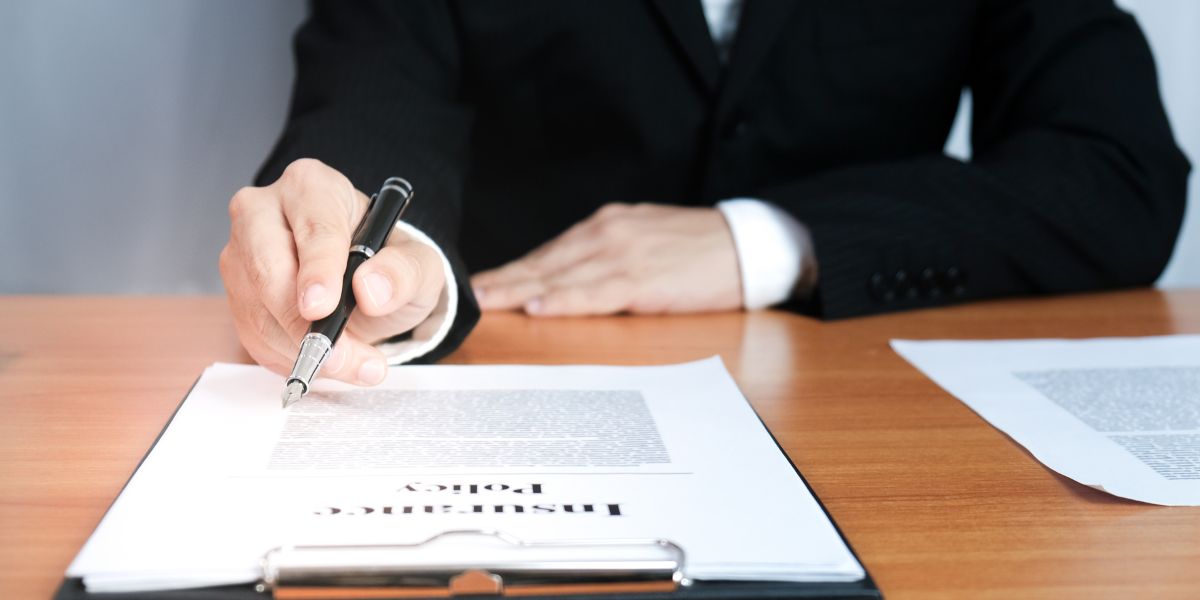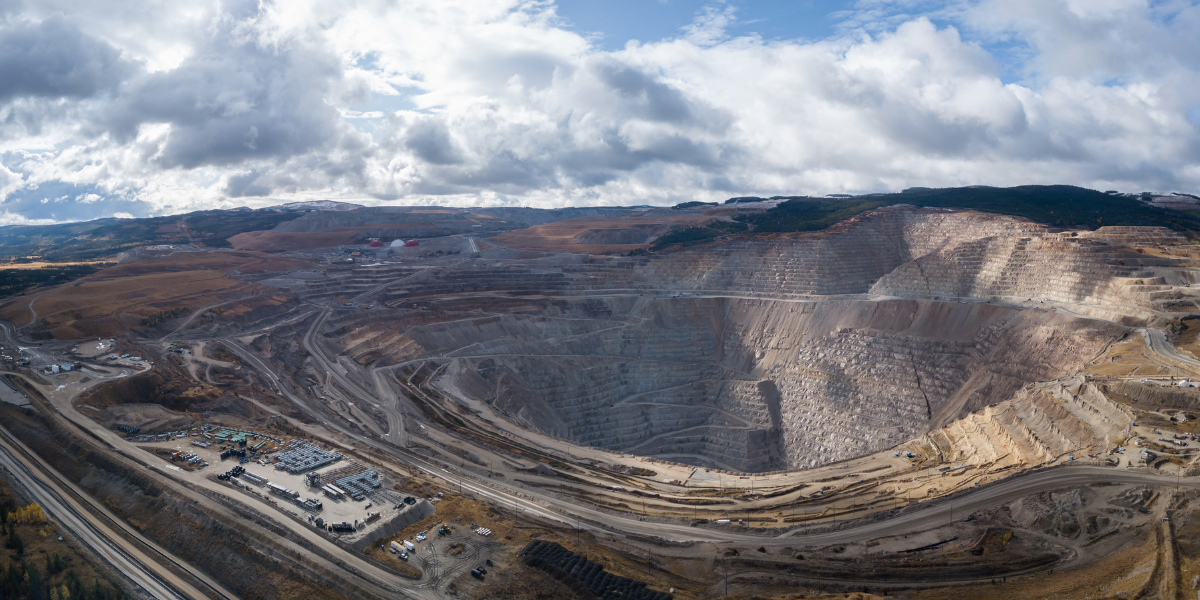
Mining is a booming industry in which values are growing by leaps and bounds. The mining industry is one of the largest employers in the world; however, like any industry that deals with physical hazards, there are unique challenges it must face.
Risks & Hazards Associated with Mining Explosions
Mine explosions are one of the most common hazards associated with mining. Explosions can occur when there is a build-up of methane gas, which is often released during mining operations. Methane can also be caused by certain types of coal and its combustion. Methane is highly combustible, so it can ignite easily. In addition, methane may cause a fire to spread quickly through the mine shafts and tunnels if it comes into contact with sources of ignition such as electrical equipment, light fixtures or other flammable materials. Cave-ins, collapses, and rock falls Cave-ins, collapses, or rock falls are caused when the ground above a mine shaft gives way unexpectedly—whether due to poor building practices or an earthquake—and causes the roof of the mine shaft to collapse into it.

Fire Protection You should always have an adequate fire suppression system in place at your mine. This will help ensure that fires do not spread throughout your mine shafts and tunnels, where they could cause serious damage or lead to dangerous situations for miners working underground. You should also have an evacuation plan in place that allows miners to escape from any area where there is a risk of fire breaking out.
Electrical Hazards: Electrical hazards are a major concern for miners. Electricity is often used to power machinery, such as pumps and conveyor belts. In addition, high-voltage wires are used to transport electricity from the surface to underground mines. Electric shock can occur when a miner accidentally touches an electrified object, or when he comes into contact with another person who has been shocked. Electrical shocks can cause serious injuries and even death. In fact, most workers who die in mining accidents do so because they have been electrocuted by faulty equipment or faulty wiring.
Vehicle Hazards: Mining vehicles are very heavy and powerful machines that can cause severe physical injury if they collide with an employee or other object. These vehicles include haul trucks (which carry loads of ore) and locomotives (which pull ore cars along rail tracks). The danger increases when these vehicles are being operated in confined spaces or at high speeds (such as during shifts when miners are trying to meet production goals). Injuries from vehicle collisions may range from bruises and sprains to severe fractures and amputation injuries.
Dust exposure Dust can cause respiratory problems, especially in small areas where you are working with heavy equipment. If you have asthma, you could be at risk for an attack if you inhale the dust.Dust can also contribute to silicosis, which is a form of lung disease that affects the tissue in your lungs. The dust particles are so small they get into your lungs and stay there, causing scarring and inflammation. As the scarring builds up over time, it becomes harder for air to move through your lungs.
Noise Mining is loud! If you're going to be working in an area where there is a lot of mining activity going on around you, it's important to protect yourself from hearing loss. The noise generated by machinery and tools used for mining can cause permanent damage if exposed for long periods of time without protection.

The unique insurance needs & risks of the mining industry
In this section, we'll cover the unique insurance needs and risks of the mining industry. Because mining operations can be risky, it's important to have coverage in place to protect your company.The mining industry is particularly sensitive to environmental damage. The biggest risk is pollution from mine drainage (the water that flows through mines), which can contain heavy metals such as cobalt and copper. This water can contaminate local groundwater supplies or flow into nearby rivers, causing fish to die off or become toxic to humans. Miners often have no idea where this contamination comes from or how far it will spread. It's important for miners to be able to protect themselves against these types of lawsuits by purchasing insurance policies that cover them when they are sued for damages caused by mine drainage. Another thing to think about is business interruption (BI) insurance. This is when your company must stop production due to an unexpected event that wasn’t covered by any other insurance policies—like if an earthquake destroys your building or an employee gets hurt on the job. Business Interruption coverage can help you pay for expenses related to this disruption in business operations until yours can get back up and running again. And finally, machinery & equipment cover protects your investment in equipment used in your business operations against damage or theft. If something happens to your machinery or equipment while it’s being used by employees during normal business hours, this coverage may help pay for repairs or replacement costs (up to limits specified in your policy).
Cover your business today
Mining is inherently dangerous. That's a part of the job that we tend to forget about when it comes to what insurance to get for the industry, though the truth is that most people need a comprehensive insurance policy regardless of their profession. Insurance agents can help you find the coverage you need and make it easier to deal with your policy needs than ever before.Contact us today to learn more about mining insurance.






.svg)



.png)
